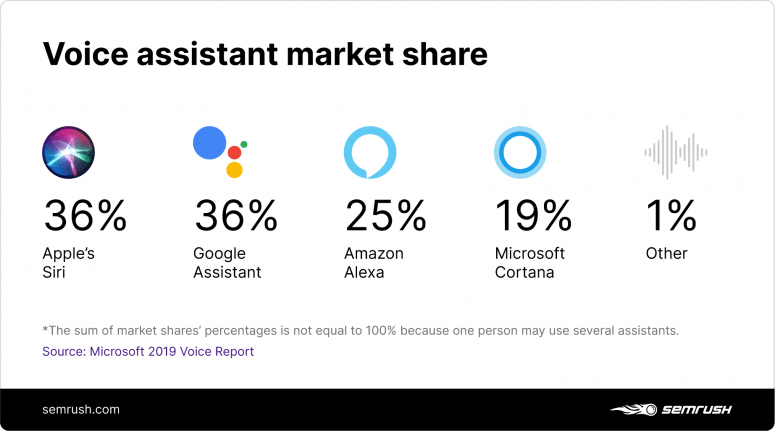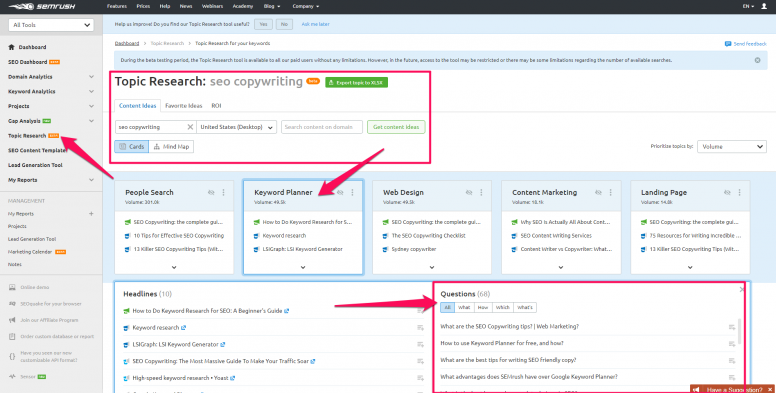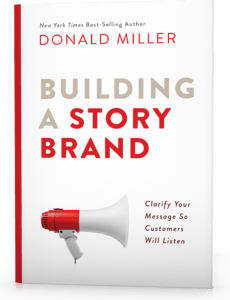
Three Voice Search Techniques For Top SEO Results
Companies must now also optimize website content for mobile-first and online keywords focusing on long tail keywords. Here are three methods to transition into conversational voice search to take advantage of how your audience is changing.
First, keep in mind these main points:
- Question keywords should be targeted. Voice search queries contain a lot of question words like how, what, when, why, where. The next time you add keywords for voice search, make sure you include these.
- Long-tail keywords complete a question, and people have been sticking to this approach when using voice. Don’t ignore long-tail keywords when you optimize for voice searches.
- “Filler words” must be included in questions which make the question more conversational and human. The examples of filler words are “I, the, of the, on the, to, for,” etc.
#1 – How Can I Focus On The Mobile Experience and Voice Search?
As a marketing professional you need to consider the many aspects of content when creating content. Make sure it is relevant and valuable to your target audience, including:
- What are their needs?
- Where are your customers searching for information about your product or service?
- What types of search questions are they using to find answers?
- How are they searching?
The future of SEO marketing will be altered by voice search the most due to the shifting landscape of online search on mobile devices.
- Optimize Site Speed For Mobile: Most online traffic is coming through mobile devices.
- Keep Site Crawlable: To ensure Google and understand and can find your content on a mobile voice search.
- Don’t Use Flash: Flash is not supported by many mobile devices.
#2 – How Is Natural Language Used More?
The difference with a traditional search engine is that, in a voice search, only the top answer will be highly relevant. Based on how content is conveyed to the user, marketers must ensure that landing pages are designed in a specific way to showcase long tail keywords and a short, yet comprehensive response to the voice result to easily find it.
People use many different terms and they interact with search engines differently when using their vocal cords than they do with a keyboard. Instead of using very short phrase, voice search queries are more natural-sounding questions or statements. You must ensure that landing pages are designed in a specific way to showcase long tail keywords and a short, comprehensive response.

SEMRush Voice Assistant Stats
#3 – How Do I Create A Question and Answer Style Format?
Optimize your content for voice search with more conversational tones with a question and answer format. Most voice search queries come in the form of a problem and this help align your content with the needs of your customers, but it will also assist Google to know the context of your website.
Create blog posts and product catalogs where you provide relevant content by answering questions. This is a great way to optimize because a lot of users to type in questions when they are looking for information. Then use real questions that your customers ask you as a basis for the content you create. Include actual questions in the H2 and H3 sections of your material and provide a quick answer with supporting content below.

Topic Research tool from SEMrush
Continue With Confidence
As technology continues to evolve, you will have the unique opportunity to reach your customers with content based on what, when, and where they search. Voice search is a great way to speak to customers who are using mobile devices and who are on the go.

Get a plan in place
Our Approach Is Different
- We listen
- Work together
- Measure success














